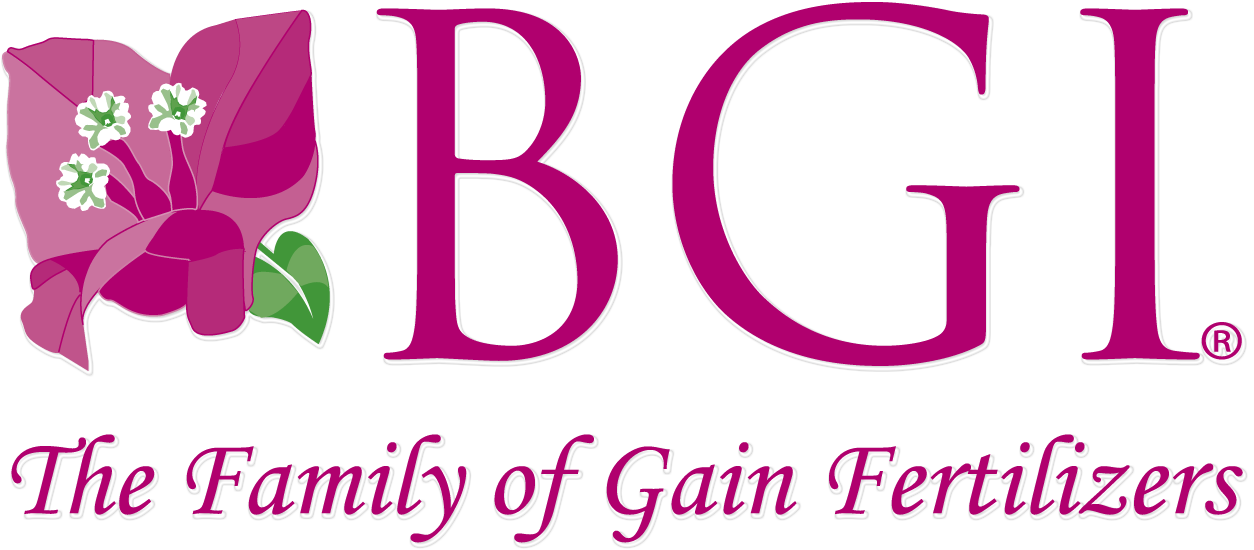
Managing plant nutrition in a sustainable way requires the grower to focus on many diverse goals. Whether your crop is food or ornamental, maximum yields and economic returns are certain desires. Environmentally conscious producers consider ammonia, nitrous oxide and nitrate losses, due to, poor application methods, anaerobic conditions and runoff. Scientists, fertilizer manufacturers and growers are keenly interested in managing plant nutrition to achieve high nutritive values of harvested foods and breathtaking beautiful landscapes.
These goals are sustainable but each is dependent upon species and location. Each site, field or farm depends upon and varies by climate, water quality, soil type, texture, structure, pH, internal drainage, inherent fertility, crop grown, etc., etc. What we are saying is this:
NUTRIENT MANAGEMENT IS SITE SPECIFIC. NUTRIENT MANAGEMENT IS SPECIES SPECIFIC!
Reaching all our diverse goals will probably require a trade off. Maximum yields may not always minimize nitrate losses. Likewise, minimizing nitrous oxide emissions might not result in maximum crop yields. So, it is critical to consider the following four factors:

- Source – Are supplied nutrients available to the plant and cost effective?
- Time – Are nutrient applications correctly timed with crop growth and development?
- Rate – Are applied amounts adequate to achieve economic and environmental goals?
- Place – Are nutrients being placed in the soil/plant profile where they are available and minimizes potential losses?
These four factors are site specific, species specific and integral in reaching our diverse yet sustainable goals.
Sustainability in the plant/soil/water system is analogous to maintaining excellent health through preventative medicine. The common goal in both cases:
TO AVOID ILLNESS BY MAINTAINING OPTIMUM HEALTH THROUGH PROPER NUTRITION.

Deficiency of a single plant nutrient results in stress that impairs optimum growth, yield and quality. Please refer to “Liebigs Law” in earlier blogs. Growers have known for decades and scientific studies are again confirming the direct correlation between plant health and nutrition management. Plant and soil borne pathogens are inhibited by proper mineral nutrition. Nutrition stimulates physical and chemical defenses that fight pathogens. Adequate potassium levels for example, thicken epidermal cells and decreases sugar concentrations. This makes the plant less attractive and susceptible to the local marauding spider mites, white flies and aphids! Bottom line – stronger plants better tolerate disease and insect pressures.
Managing plant nutrition to reach economic, yield and environmental goals is dynamic and involves tradeoffs. Source, time, rate and place are all site specific, species specific factors one must consider. Applying nitrogen in anaerobic conditions or iron in alkaline soils is futile, expensive, and may result in environmental degradation. Giving the plants what they need in an available form when they need it in adequate amounts goes a long way toward reaching our multiple and diverse goals. This is plant nutrition management.
These are the same goals BGI embraces when developing species specific, completely balanced and available plant foods and plant health products. Let’s reach high and grab these worthy goals. Let’s do it together. BGI is here to help you. We are all about nutrition management, and you are too. Together we can sustain. Together we can grow. Together we can create abundant health and beauty. Together we can make divine nature smile!
And remember;
Stay healthy – Stay strong.
Take care,



